
Concept explainers
a.
Verify the graphs could be the graph of 1y1y3
a.
Answer to Problem 1PS
Explanation of Solution
Given information:
Consider the graphs of the four functions
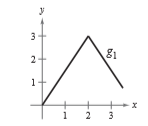
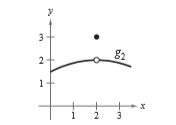
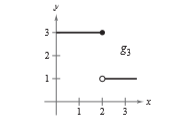
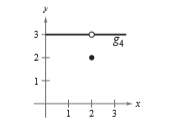
For each given condition of the function
Calculation:
Consider the graph of following functions
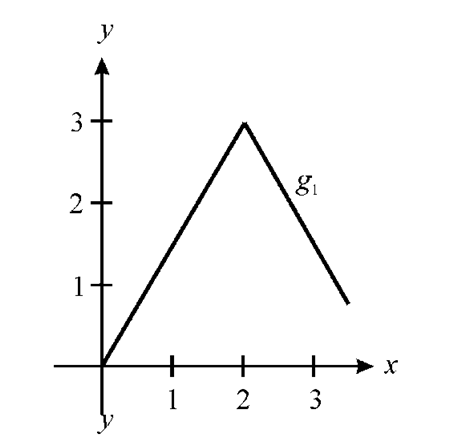
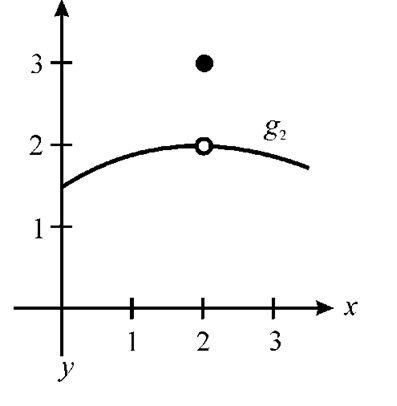
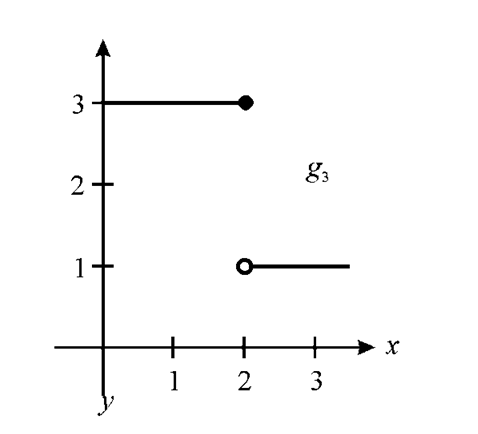
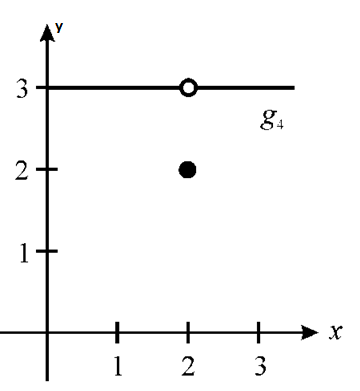
To identify the graphs that satisfy the conditions, proceed as follows.
Observe the behaviour of graph as
Now consider the statement:
To identify the graphs that satisfy the given conditions, proceed as follows.
Identify the graphs that has limit of the function to either side of
On observing from the table, functions
Hence, the functions are
b.
Find the graphs could be the graph of
b.
Answer to Problem 1PS
Explanation of Solution
Given information:
Consider the graphs of the four functions
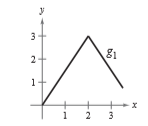
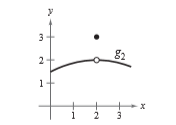
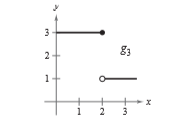
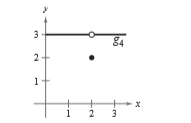
For each given condition of the function
Calculation:
Consider the graph of following functions
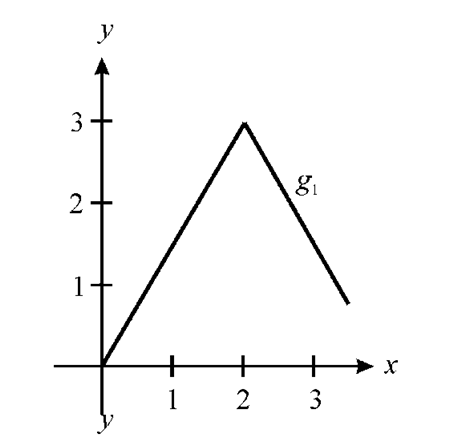
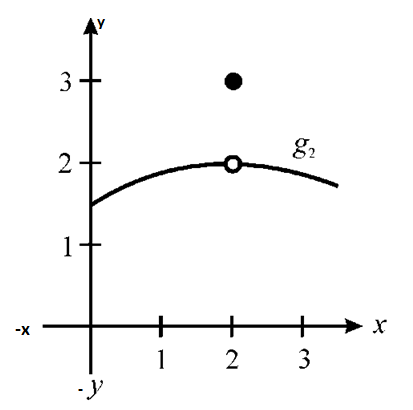
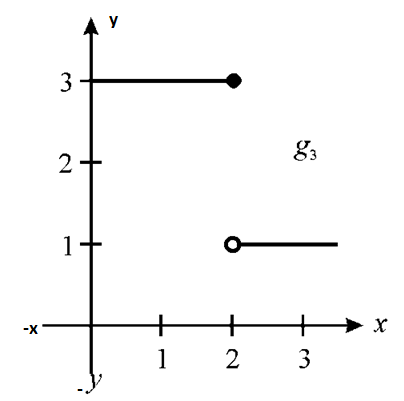
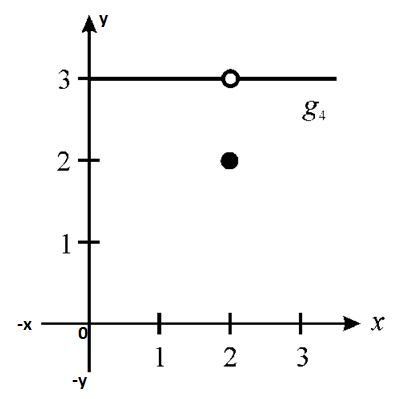
To identify the graphs that satisfy the conditions, proceed as follows.
Observe the behaviour of graph as
Now consider the statement:
To identify the graphs that satisfy the given conditions, proceed as follows.
Identify the graphs that has limit of the function to left of
On observing from the table, functions
Hence, the functions are
c.
Find the graphs could be the graph of
c.
Answer to Problem 1PS
Explanation of Solution
Given information:
Consider the graphs of the four functions
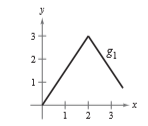
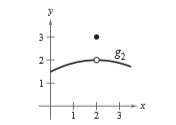
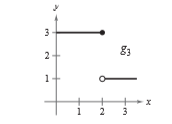
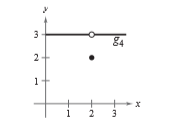
For each given condition of the function
Calculation:
Consider the graph of following functions
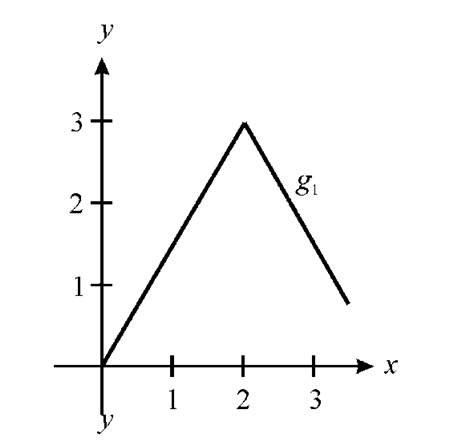
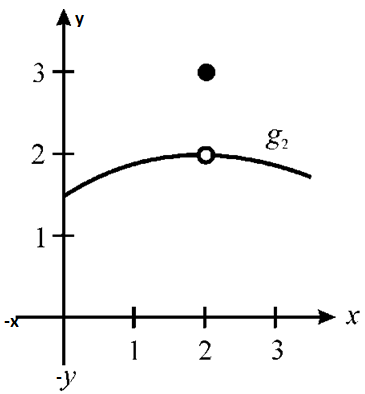
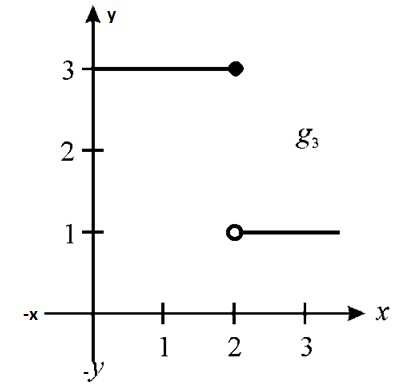
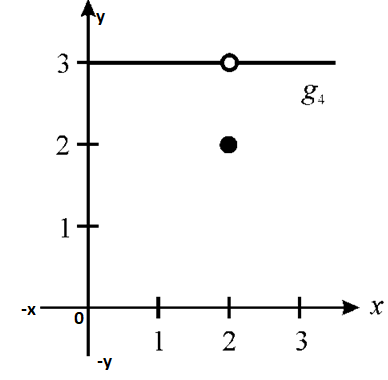
To identify the graphs that satisfy the conditions, proceed as follows.
Observe the behaviour of graph as
Now consider the statement:
To identify the graphs that satisfy the given conditions, proceed as follows.
Identify the graphs that has limit of the function to right of
On observing from the table, functions
Hence, the functions are
Chapter 12 Solutions
Precalculus with Limits
- Use the following graphs to evaluate the given one-sided limit. Answer exactly. y = f (x): y = g(x): 8 6 ν -8-6-4-2 2- 1-2-2 -4 -6 -8 ° 4 lim (f(x)+g(x)) = x+2+ 8 6 2 ν 0 x x 6 8 -8 -6-4-2 2 6 8 -2 -4 -6 -8arrow_forwardQuestion 1 The points A = (-2, 3, 2) and B = (4, 1, 4) are reflections of one another in a plane S. Find an equation for S.arrow_forwardThe graph below is the function f (x) -D -3-2 4 3 2 Q2 03 Find lim f(x) = x-1- Find lim f(x) = x−1+ Find lim f(x) = x-1 Find f (-1) = 3 4 5arrow_forward
- i circled the correct answer and i did most of the question but i cant figure out how to add both residues to get the correct answer could you please show me how to do itarrow_forwardQuestion 3 Starting at the point (0, −2,0), I walk up the hill z = 4-x² — y². The projection of my path on the xy plane is the line y = 2x-2. (a) At what point on my path is my altitude (the z-value) the greatest? (b) What is the slope m of my path (taking the z-axis to be vertical) when I am at the point (1, 0, 3)? [Hint: Parametrize my path (take x to be t).]arrow_forwardI circled the correct, could you explain using stokearrow_forward
- Use Euler's method to numerically integrate dy dx -2x+12x² - 20x +8.5 from x=0 to x=4 with a step size of 0.5. The initial condition at x=0 is y=1. Recall that the exact solution is given by y = -0.5x+4x³- 10x² + 8.5x+1arrow_forwardFind an equation of the line tangent to the graph of f(x) = (5x-9)(x+4) at (2,6).arrow_forwardFind the point on the graph of the given function at which the slope of the tangent line is the given slope. 2 f(x)=8x²+4x-7; slope of the tangent line = -3arrow_forward
 Calculus: Early TranscendentalsCalculusISBN:9781285741550Author:James StewartPublisher:Cengage Learning
Calculus: Early TranscendentalsCalculusISBN:9781285741550Author:James StewartPublisher:Cengage Learning Thomas' Calculus (14th Edition)CalculusISBN:9780134438986Author:Joel R. Hass, Christopher E. Heil, Maurice D. WeirPublisher:PEARSON
Thomas' Calculus (14th Edition)CalculusISBN:9780134438986Author:Joel R. Hass, Christopher E. Heil, Maurice D. WeirPublisher:PEARSON Calculus: Early Transcendentals (3rd Edition)CalculusISBN:9780134763644Author:William L. Briggs, Lyle Cochran, Bernard Gillett, Eric SchulzPublisher:PEARSON
Calculus: Early Transcendentals (3rd Edition)CalculusISBN:9780134763644Author:William L. Briggs, Lyle Cochran, Bernard Gillett, Eric SchulzPublisher:PEARSON Calculus: Early TranscendentalsCalculusISBN:9781319050740Author:Jon Rogawski, Colin Adams, Robert FranzosaPublisher:W. H. Freeman
Calculus: Early TranscendentalsCalculusISBN:9781319050740Author:Jon Rogawski, Colin Adams, Robert FranzosaPublisher:W. H. Freeman
 Calculus: Early Transcendental FunctionsCalculusISBN:9781337552516Author:Ron Larson, Bruce H. EdwardsPublisher:Cengage Learning
Calculus: Early Transcendental FunctionsCalculusISBN:9781337552516Author:Ron Larson, Bruce H. EdwardsPublisher:Cengage Learning





